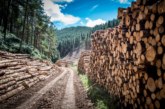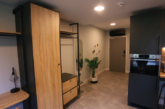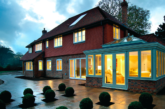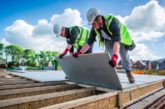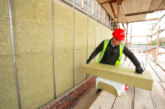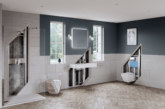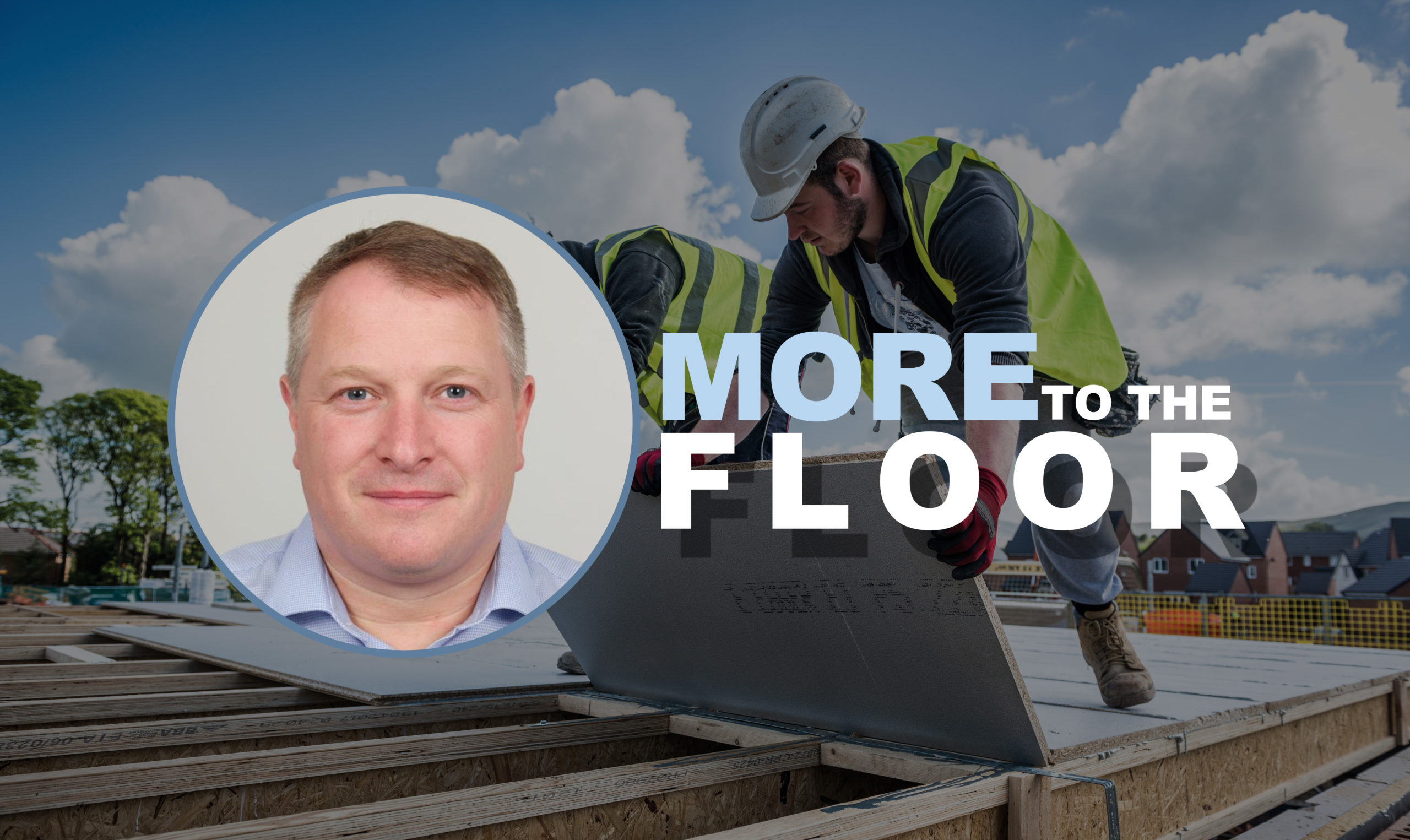
There are many pieces that go into the building jigsaw and structural flooring is no different, where there are many products each suited to their own applications. Scott Wolters, Egger UK’s building products sales manager, explores some of the options available.
Structural flooring is a key component in any housebuilding project, providing housebuilders and developers with a solid foundation to build upon. However, with multiple products available on the market, it is imperative that the right product is selected for a project.
For example, there are uncoated P5 chipboards, which are ideal for domestic flooring, refurbishments and new builds, as well as modular and timber frame constructions. These boards can be used in damp or humid environments – such as kitchens and bathrooms – and should be laid in dry conditions only. This makes them ideal for internals, such as loft extensions or other renovations.
For the more environmentally conscious project, consider looking for a P5 chipboard solution that is manufactured using CE or FSC certified wood. As well as being responsibly sourced timber, it is a sustainable product that can easily be recycled.
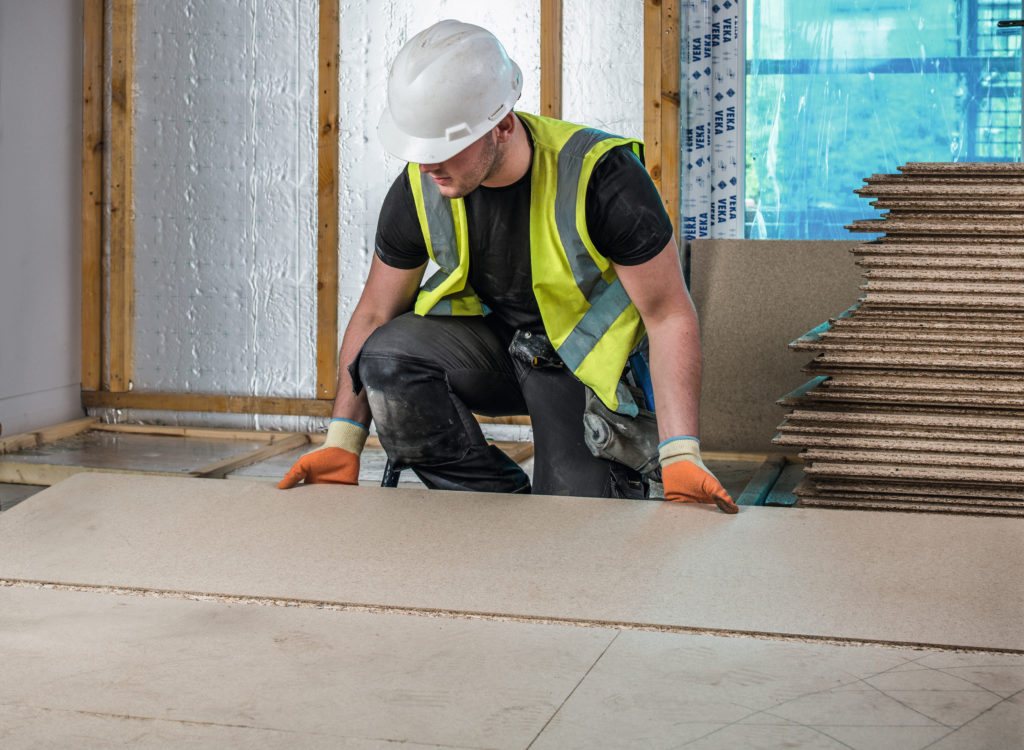 Additionally, many P5 chipboards are classified as having a moderate slip potential by the Health & Safety Executive – key in helping to ensure the safety of those on site. While the solutions can provide enhanced moisture resistance, P5 chipboards are better utilised in covered areas that aren’t exposed to the weather.
Additionally, many P5 chipboards are classified as having a moderate slip potential by the Health & Safety Executive – key in helping to ensure the safety of those on site. While the solutions can provide enhanced moisture resistance, P5 chipboards are better utilised in covered areas that aren’t exposed to the weather.
For projects where the flooring is exposed to the elements, such as in extensions or new-builds where a roof has yet to be installed, there are particleboards which have a slip resistant, peelable film layer. The removable film layer helps to prevent moisture ingress and provides an additional moisture barrier upon completion of the flooring. These types of boards are ideal for timber frame houses or on projects where the structural flooring is installed early on. The boards can be left uncovered for up to 42 days, providing they are installed correctly, enabling other works to be carried out around them.
With this ability to continue working once the boards are installed, it’s important that onsite workers can safely walk over the board without the risk of slipping. Thanks to the peelable top layer, many boards of this type are classified as low slip potential by the HSE, meaning that (even during wet weather) the boards are a safe and usable surface for workers.
For ease of installation, it is recommended to use a particleboard that features a precise tongue and groove profiling on all four sides. This helps to provide a tight and consistent joint, further minimising the effect of moisture ingress on the board, as well as enabling faster installation of the board itself.
In addition to this, the peelable layer can help protect the flooring from paint splashes, concrete drips or plaster dust, meaning that when work is completed the layer can be easily peeled off, exposing the clean surface underneath. This can contribute to easier and cleaner handovers at completion.
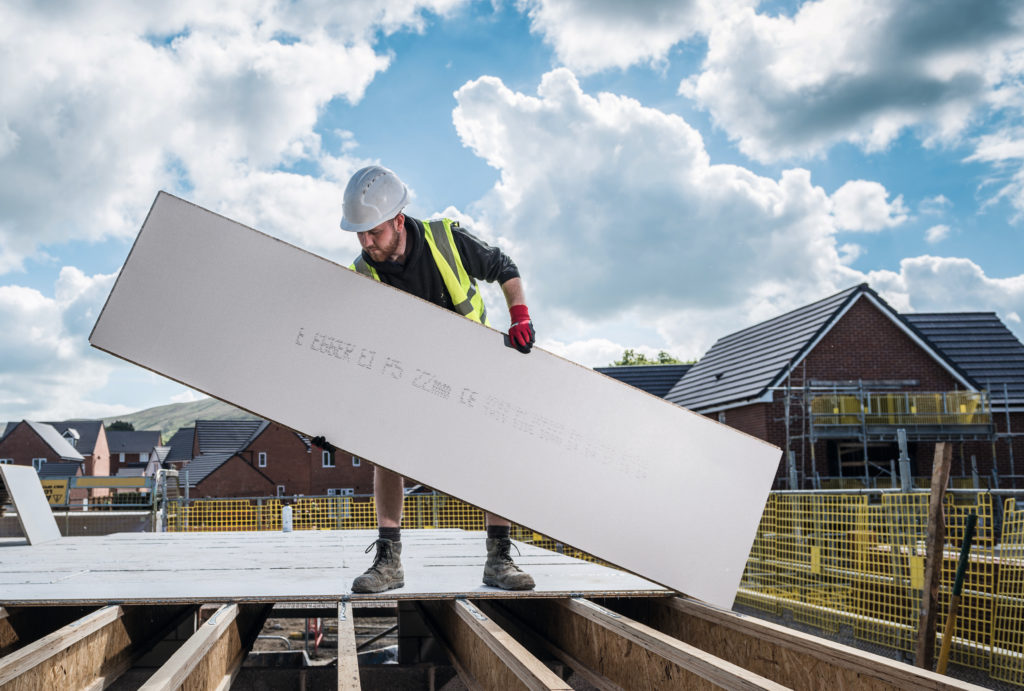 Finally, there are products that take this one step further, incorporating a thermally bonded, hard-wearing and anti-slip surface onto both sides of the board. This offers protection against moisture ingress caused by inclement weather throughout the build, or even leaking pipes once works have been completed. It also provides a robust barrier against damage from heavy site traffic.
Finally, there are products that take this one step further, incorporating a thermally bonded, hard-wearing and anti-slip surface onto both sides of the board. This offers protection against moisture ingress caused by inclement weather throughout the build, or even leaking pipes once works have been completed. It also provides a robust barrier against damage from heavy site traffic.
These structural flooring boards are best used for areas where there is an increased risk of exposure to moisture, such as in lofts or basements, and again in open or exposed environments. Underfloor heating systems can also be used with these types of floorboards, further expanding their versatility.
Additionally, particleboards with these hard, protective layers can be left exposed to the elements for even longer than those with a peelable layer, allowing construction to continue without the need to cover the boards. They can also be fitted during light rain, maximising installation opportunities – ideal when considering the UK’s unpredictable weather.
With such a wide range of structural flooring available on the market, housebuilders and developers should carefully consider the usage and application of the area where they’re looking to install, to ensure the optimum solution is chosen.
Want to know more?
See EGGER UK’s full building product range HERE

